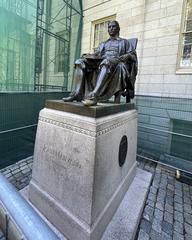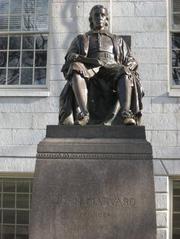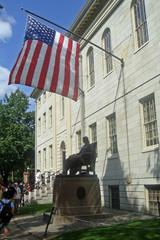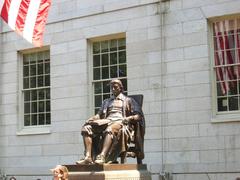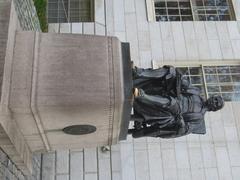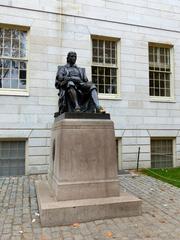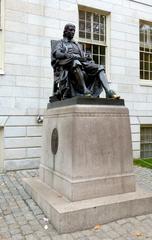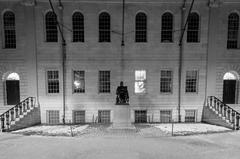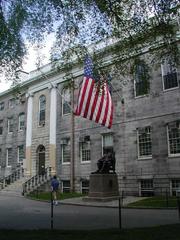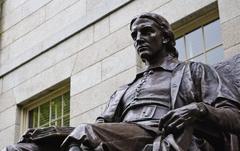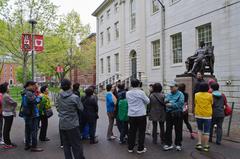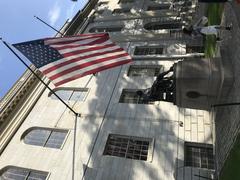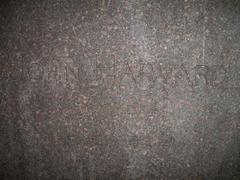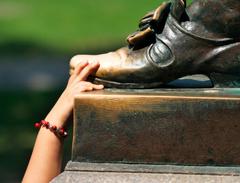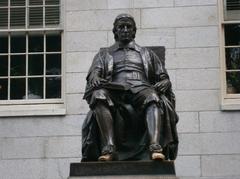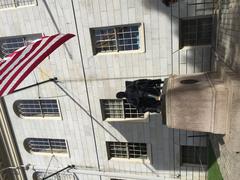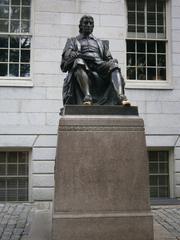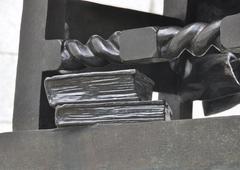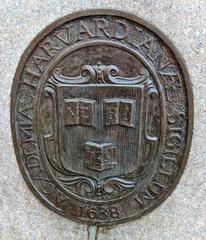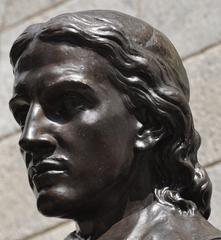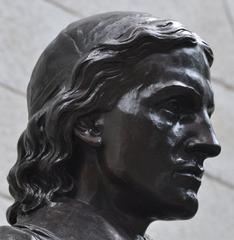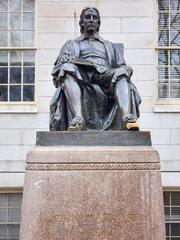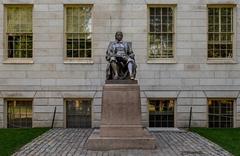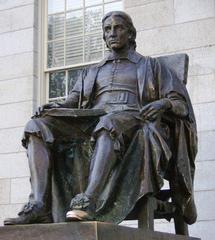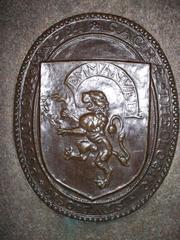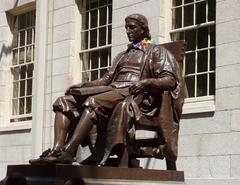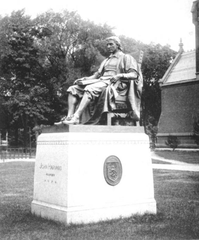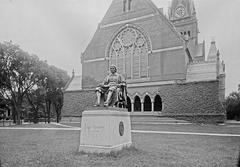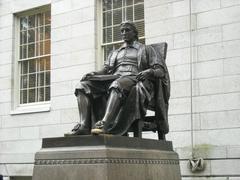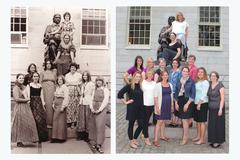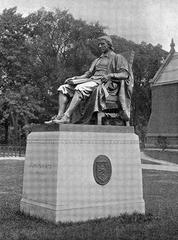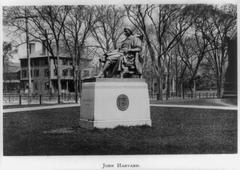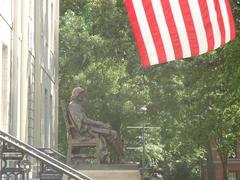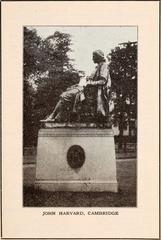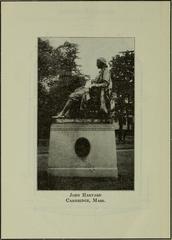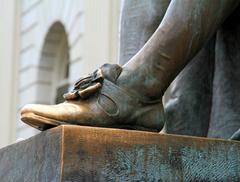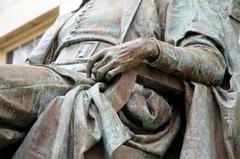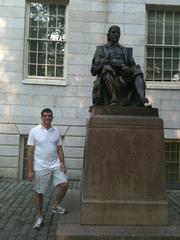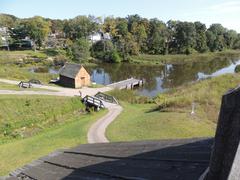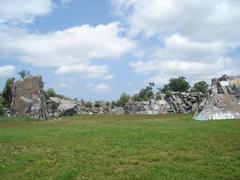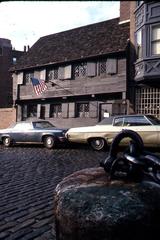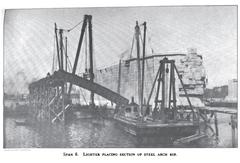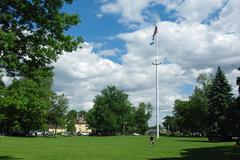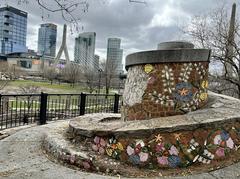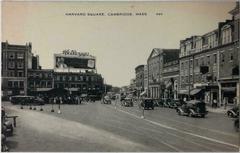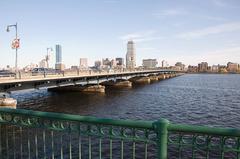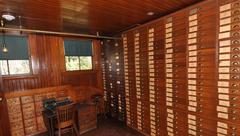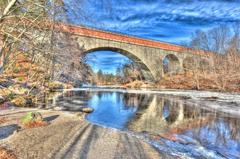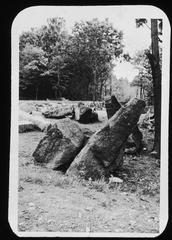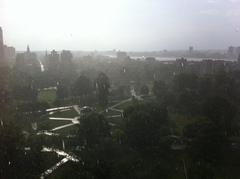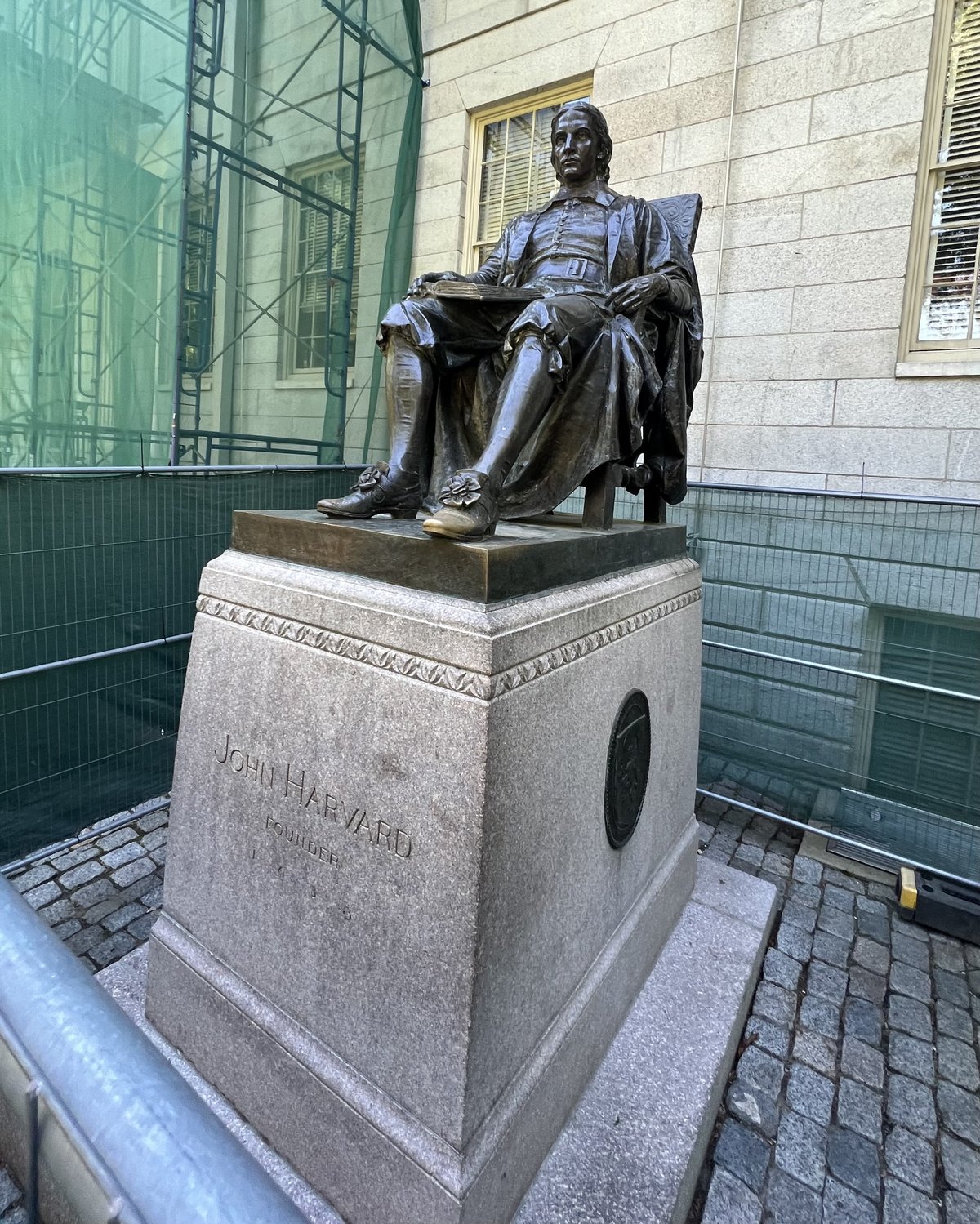
Visiting Harvard Yard in Boston: History, Tips, and Visitor Information
Date: 23/07/2024
Introduction
Harvard Yard, the historic heart of Harvard University, is an iconic destination for visitors from around the world. Established in 1636, Harvard University holds the distinction of being the oldest institution of higher education in the United States (Harvard University). Harvard Yard itself is a microcosm of the university’s rich history and cultural significance. Its evolution from the 17th century to the present day showcases architectural marvels, historical landmarks, and academic traditions that have shaped American higher education (Harvard Yard Buildings).
Situated in Cambridge, Massachusetts, Harvard Yard is not just a collection of buildings but a vibrant academic and cultural hub. Home to some of the oldest and most architecturally significant structures on campus, including Massachusetts Hall and University Hall, the Yard is a testament to the resilience and enduring legacy of Harvard University. From the picturesque Johnston Gate to the monumental Widener Library, each corner of Harvard Yard offers a glimpse into the university’s storied past and its ongoing commitment to academic excellence.
Visitors to Harvard Yard can explore its historic pathways and buildings, participate in guided tours led by current students, and immerse themselves in the rich academic and cultural atmosphere. As a year-round destination, the Yard offers a unique blend of history, architecture, and intellectual pursuit, making it a must-visit for tourists, prospective students, and history enthusiasts alike (Harvard Visitor Center).
Explore the Rich History and Visitor Information of Harvard Yard
Early Beginnings
Harvard Yard, the historic heart of Harvard University, is a site steeped in rich history dating back to the 17th century. Established in 1636, Harvard University is the oldest institution of higher education in the United States. The Yard itself began to take shape shortly after the university’s founding, with the construction of the first building, the Old College, in 1638. This building, which no longer exists, was the cornerstone of what would become a sprawling and iconic campus.
Colonial Era Developments
During the colonial era, Harvard Yard saw significant growth and development. In 1677, Harvard Hall was constructed to replace the Old College. This building housed the university’s library and classrooms. Unfortunately, it was destroyed by fire in 1764, leading to the loss of many valuable books and scientific instruments. The current Harvard Hall, built in 1766, stands as a testament to the resilience and enduring legacy of the institution (Harvard University).
18th and 19th Century Expansion
The 18th and 19th centuries were periods of substantial expansion for Harvard Yard. Massachusetts Hall, the oldest surviving building in the Yard, was constructed in 1720. It initially served as a dormitory and has housed notable figures such as John Adams and John Hancock. Today, it serves as the office for the President of Harvard University.
In the 19th century, the Yard continued to evolve with the addition of several key buildings. University Hall, designed by renowned architect Charles Bulfinch, was completed in 1815. This building, constructed from white granite, is a prominent feature of the Yard and serves as a central administrative hub. Another significant addition was Memorial Hall, built in 1878 to honor Harvard alumni who fought for the Union in the Civil War.
20th Century Modernization
The 20th century brought modernization and further development to Harvard Yard. Widener Library, completed in 1915, became the centerpiece of the university’s extensive library system. Named after Harry Elkins Widener, a Harvard alumnus who perished on the Titanic, the library is one of the largest university libraries in the world, housing over 3.5 million volumes (Harvard Library).
Additionally, the Yard saw the construction of several residential houses, including Wigglesworth Hall and Thayer Hall, which provide housing for freshmen. These buildings reflect the university’s commitment to creating a close-knit and supportive community for its students.
Visitor Information
Opening Hours
Harvard Yard is generally open to the public from dawn until dusk. Specific buildings, such as libraries and halls, may have varying hours of operation. It is advisable to check the official Harvard University website or contact the Visitor Center for the most up-to-date information on opening hours.
Travel Tips
Harvard Yard is located in Cambridge, Massachusetts, and is easily accessible by public transportation. The Harvard Square MBTA station, served by the Red Line, is just a short walk from the Yard. Visitors are encouraged to wear comfortable walking shoes, as the Yard’s historic pathways and buildings are best explored on foot.
Nearby Attractions
In addition to Harvard Yard, visitors can explore other nearby attractions in Cambridge. These include the Harvard Art Museums, the Harvard Museum of Natural History, and the scenic Charles River. Harvard Square, with its array of shops, cafes, and restaurants, is also a popular destination for visitors.
Accessibility
Harvard University is committed to providing an inclusive and accessible environment for all visitors. Accessible entrances, restrooms, and pathways are available throughout Harvard Yard. Visitors with specific accessibility needs are encouraged to contact the Harvard University Visitor Center for assistance and information.
Architectural Significance
Harvard Yard is renowned for its architectural significance, featuring a blend of Georgian, Federal, and Victorian styles. The Yard’s layout, with its open green spaces and tree-lined paths, creates a serene and picturesque environment. Notable architectural landmarks include the Johnston Gate, the main entrance to the Yard, which was completed in 1889 and serves as a symbol of the university’s storied history (Harvard University).
Cultural and Academic Importance
Harvard Yard is not only a historical and architectural treasure but also a cultural and academic hub. It is the site of numerous important events and traditions, including the annual Commencement ceremony, which has been held in the Yard since the 17th century. This event brings together students, faculty, and distinguished guests to celebrate academic achievements and the university’s enduring legacy.
The Yard also serves as a gathering place for students, faculty, and visitors, fostering a sense of community and intellectual exchange. It is home to several academic buildings, including Sever Hall, which houses classrooms and lecture halls, and Emerson Hall, the center for the study of philosophy (Harvard University).
Preservation and Conservation Efforts
Preserving the historical integrity of Harvard Yard is a priority for the university. Efforts to maintain and restore the Yard’s historic buildings and landscapes are ongoing. The Harvard Yard Archaeology Project, for example, conducts excavations and research to uncover and preserve the Yard’s rich history. These efforts ensure that future generations can continue to experience and appreciate the Yard’s historical and cultural significance (Harvard Yard Archaeology Project).
Frequently Asked Questions (FAQ)
Q: What are the visiting hours for Harvard Yard? A: Harvard Yard is generally open from dawn until dusk. Check the official website for specific building hours.
Q: Do I need a ticket to visit Harvard Yard? A: Entry to Harvard Yard is free, but some buildings and guided tours may require tickets.
Q: What are the best times to visit Harvard Yard? A: Spring and fall are particularly beautiful times to visit, with mild weather and vibrant foliage.
Conclusion
Harvard Yard stands as a testament to the rich history and enduring legacy of Harvard University. From its early beginnings in the 17th century to its modern-day significance, the Yard has played a central role in the university’s development and continues to be a vibrant and cherished part of the Harvard community. Its historical buildings, architectural beauty, and cultural importance make it a must-visit destination for anyone seeking to understand the history and impact of one of the world’s most prestigious institutions.
Call to Action
For more information on visiting Harvard Yard and other historical sites in Cambridge, download our mobile app Audiala, check out our related posts, or follow us on social media for more updates.
References
- Harvard University. (n.d.). Explore the Rich History and Visitor Information of Harvard Yard
- Harvard University. (n.d.). Harvard Yard Buildings
- Harvard Library. (n.d.). Widener Library
- Harvard University. (n.d.). Visitor Center
- Harvard Yard Archaeology Project. (n.d.). Harvard Yard Archaeology Project
- Harvard University. (n.d.). Harvard Yard Events
- Harvard University. (n.d.). Harvard University Disability Services
